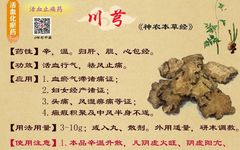
Click the above to follow “Learn TCM“!
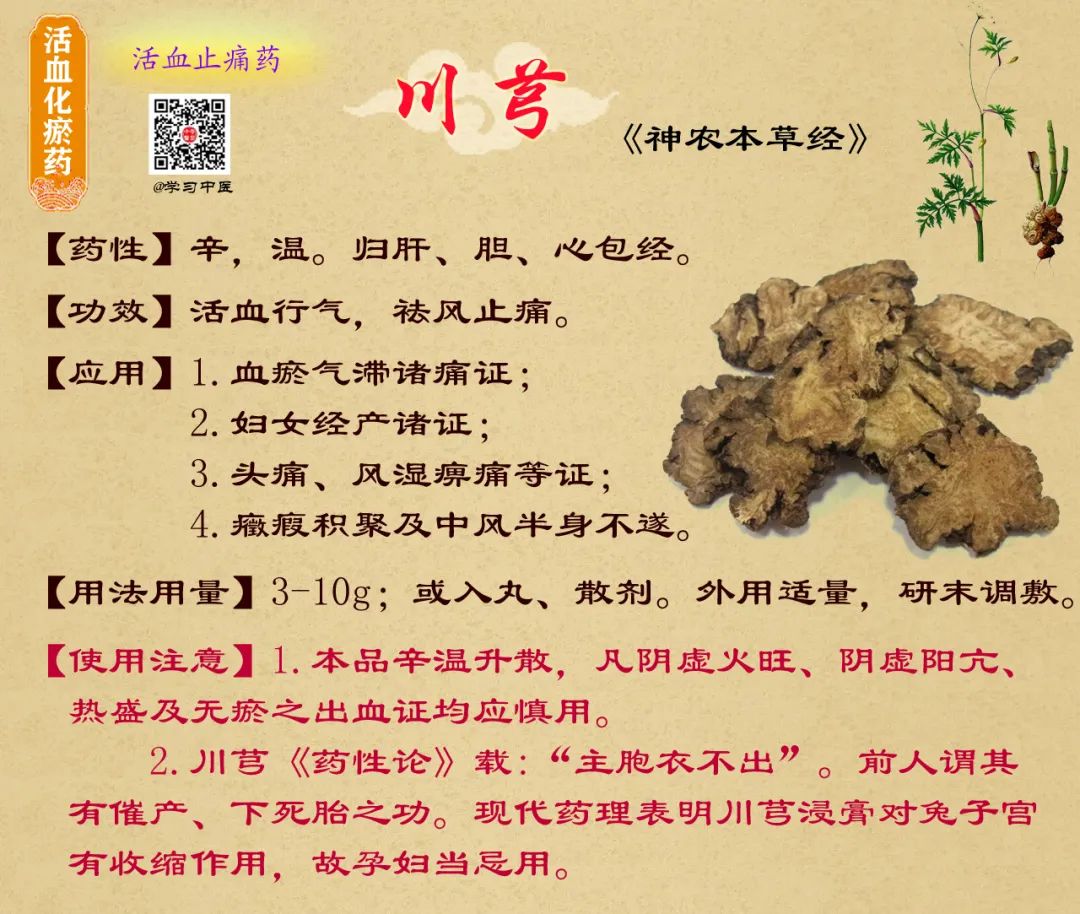
Chuanxiong is a typical authentic medicinal material, primarily produced in Sichuan, using its rhizome. It is a plant of the Apiaceae family, and when young, it can be eaten as a vegetable; the young leaves are also called Miwu.
In ancient times, Chuanxiong was known as Xiongwei, with the saying: “The human head is the highest point, a symbol of heaven. This herb ascends and specifically treats all ailments of the head, hence the name Xiongwei.” This may relate to the shape of its medicinal rhizome and its efficacy in reaching the head.

Chuanxiong has a long history of medicinal use, first mentioned in the “Shennong Bencao Jing,” classified as a superior herb, stating: “It treats wind-stroke entering the brain, headaches, cold bi syndrome, muscle spasms, traumatic injuries, and women’s blood stagnation leading to infertility.” The aforementioned effects of dispelling wind, relieving pain, and invigorating blood circulation are mostly straightforward and effective.
Subsequently, the “Mingyi Bielu” expanded its uses to: “Eliminating cold movement in the brain, dispelling wind from the face, excessive tearing, sudden dizziness, various cold conditions, abdominal pain, sudden swelling and pain, lateral costal pain, warming the middle and dispelling internal cold.” It also states: “For bleeding at the root of the teeth, holding it in the mouth can lead to recovery.”
The Tang Dynasty’s “Yao Xing Lun” added: “It invigorates the waist and legs, treats hemiplegia, and assists in childbirth.”
Later, the “Rihua Zibencao” summarized its effects as: “It treats all types of wind, all types of qi, all types of labor damage, all types of blood, replenishes the five fatigues, strengthens bones, regulates various pulses, breaks up blood stasis, nourishes new blood, promotes flesh growth, treats nasal bleeding, vomiting blood, urinary bleeding, hemorrhoids, brain abscesses, furuncles, scrofula, goiter, sores, and pus discharge, and resolves blood stasis.”
The Jin and Yuan Dynasty’s Zhang Yuanshu’s “Yixue Qiyuan” states: “It nourishes blood and treats blood deficiency headaches.”
In the Ming Dynasty, Li Shizhen added to its effects: “It dries dampness, stops diarrhea, and regulates qi to relieve stagnation.” He quoted Wang Haogu saying: “It searches for liver qi, replenishes liver blood, regulates liver dryness, and supplements wind deficiency.”
The Ming Dynasty’s Ni Zhuo’s “Bencao Huiyan” summarized its effects as: “It ascends to the head, regulates menstrual flow, opens up stagnation, and is a blood and qi herb.” This description is frequently cited today. It also states: “It dispels cold dampness, eliminates wind qi, brightens the eyes, alleviates headaches, relieves lateral pain, nourishes the fetus, benefits postpartum recovery, resolves masses and blood stasis, treats painful sores, abscesses, and swelling, and can treat weakness and pain in the legs.”
In the Qing Dynasty, Wang Ang’s “Bencao Beiyao” states: “It searches for wind, disperses stasis, relieves pain, and regulates menstruation.”
Since the Ming and Qing Dynasties, various herbal texts have gradually summarized the effects of this herb in invigorating blood circulation, regulating qi, dispelling wind, and relieving pain.
The blood-invigorating and qi-regulating effects of Chuanxiong can be divided into two categories: invigorating blood and regulating qi. Invigorating blood refers to promoting blood circulation and resolving stasis, while regulating qi is also known as relieving qi stagnation.
As a blood-invigorating and stasis-resolving herb, Chuanxiong excels in relieving pain and is widely used for various stasis-related pain syndromes.
For example, in gynecology, it can be used for dysmenorrhea and postpartum abdominal pain due to blood stasis; in internal medicine, it can be used for chest pain and headaches caused by blood stasis; for external injuries with pain, it can be combined with herbs that clear heat, detoxify, and resolve abscesses for treating sores and abscesses; in cases of rheumatic pain with joint pain, it can be used alongside herbs that dispel wind-damp and relieve pain.
Thus, it is a widely applicable blood-invigorating and stasis-resolving herb. In clinical use, it should be noted that it is a warming herb, more suitable for cold-congealed blood stasis syndromes, and should be used cautiously for heat-stasis conditions.
However, it is not absolutely contraindicated; as mentioned earlier, for treating abscesses and swelling, Chuanxiong can be combined with heat-clearing and detoxifying herbs. Nevertheless, using other non-warming blood-invigorating herbs may be better, such as the cold herbs Mu Dan Pi (Moutan Root), Chi Shao (Red Peony Root), Da Huang (Rhubarb), Hu Zhang (Japanese Knotweed), Hong Teng (Sargentodoxa), and Bai Jiang Cao (Patrinia), which can completely replace Chuanxiong in detoxifying and resolving abscesses, and cold herbs like Dan Shen (Salvia Root) can also be used as substitutes for Chuanxiong, which may be more suitable.
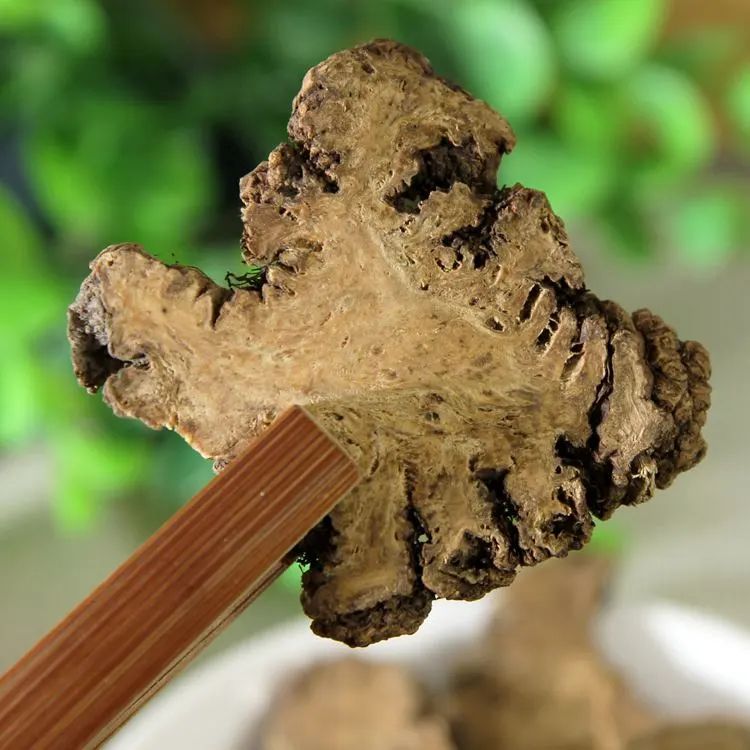
Chuanxiong is also a qi-regulating herb, excelling in regulating qi and soothing the liver, primarily used for liver qi stagnation. Therefore, in cases of liver qi stagnation without blood stasis, Chuanxiong is also commonly used, particularly in formulas like Chai Hu Shu Gan San that treat liver qi stagnation, where Chuanxiong is primarily used to regulate qi and relieve stagnation.
Additionally, in Yue Ju Wan, which treats the six stagnations, it addresses both qi stagnation and blood stasis. Chuanxiong is effective for various types of stagnation, targeting both qi and blood stagnation, as well as damp stagnation, contrary to the common interpretation that it only targets blood stasis.
Combining its two effects makes it particularly suitable for liver qi stagnation with blood stasis, which is a significant characteristic of Chuanxiong.
Liver qi stagnation with blood stasis is common in menstrual irregularities, making Chuanxiong a fundamental herb in the basic formula for treating this condition, Si Wu Tang, as it can invigorate blood, relieve pain, replenish blood without leaving stasis, and soothe the liver to relieve stagnation, thus exerting dual effects.
Therefore, the ancients referred to it as “blood and qi herb”, which contrasts with Xiang Fu, which is referred to in literature as “qi and blood herb.”
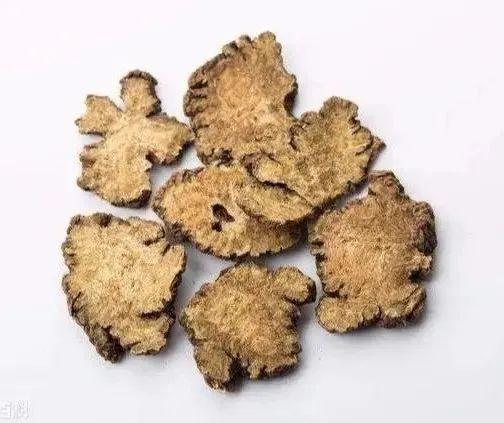
Another group of effects is dispelling wind and relieving pain. Chuanxiong can dispel wind and relieve pain, as well as regulate qi to relieve pain and invigorate blood to relieve pain.
Thus, its pain-relieving properties are not solely related to wind dispelling; this expression should be correctly understood.
The primary treatment for headaches with wind is head wind pain.
In TCM, head wind pain includes many headaches recognized in Western medicine, such as migraines or vascular headaches. Why did the ancients associate headaches with wind? Because the head is the highest part of the body, and the ancients said that only wind can reach the highest peak; for example, when we climb to the highest mountain, the wind is stronger than in other places, which is the reasoning behind it.
Through reasoning based on natural phenomena, the ancients confirmed that headaches are related to wind evil, calling it head wind pain. In fact, this type of pain is not necessarily influenced by wind evil.Migraines or vascular headaches are a type of headache that occurs due to reduced vascular regulation, which has no relation to wind.
In treating headaches, the ancients placed great importance on Chuanxiong, stating it is a key herb for treating headaches. Li Dongyuan even said, “For headaches, Chuanxiong must be used.” This is based on Li Dongyuan’s clinical experience.
For common wind-cold headaches, Chuanxiong can dispel wind; warming herbs can actually dispel both wind-cold and relieve pain, so it is commonly used for wind-cold headaches, often combined with herbs that disperse wind-cold and relieve pain, such as Qiang Huo, Fang Feng, and Gao Ben;
For wind-heat headaches, Chuanxiong can also dispel wind and relieve pain, but its properties are not suitable, so it is often combined with herbs that disperse wind-heat or clear heat, thus in formulas for treating wind-heat headaches, it is often combined with Ju Hua, Sang Ye, Shi Gao, and Man Jing Zi;
These similar combinations are also commonly used for wind-cold and wind-heat exterior syndromes, as Chuanxiong can also dispel wind and resolve the exterior;
For rheumatic headaches, characterized by a feeling of wrapping around the head, Chuanxiong can be combined with Qiang Huo, Du Huo, and Fang Feng, which are herbs that dispel wind and eliminate dampness, as Chuanxiong is warming and can dispel wind and cold, and its drying properties can also dispel wind-damp;
Some headaches are due to blood stasis, presenting as long-term severe headaches; in this case, Chuanxiong is used because it is itself a blood-invigorating and stasis-resolving herb;
Blood deficiency that fails to nourish the upper orifices can also lead to headaches; in this case, Chuanxiong can be combined with blood-replenishing herbs like Dang Gui and Shu Di Huang for treatment.
Additionally, in clinical practice, it can also be used to treat liver yang headaches. In the past, Chuanxiong was often thought unsuitable for liver yang hyperactivity because of its ascending and dispersing nature, which could easily rise to the head. Liver yang hyperactivity itself has yang heat rising, and using it might exacerbate the hyperactivity.
However, in ancient formulas, there are no prohibitions; for example, Liu Hejian’s Da Chuanxiong Wan is used to treat liver yang headaches, consisting of two herbs, Chuanxiong and Tian Ma, which is a herb that calms liver yang and treats headaches;
Many patients with liver yang headaches also have hypertension. Recent studies have found that Chuanxiong does not raise blood pressure; rather, it can dilate blood vessels and has a blood pressure-lowering effect. Current pharmacological research, combined with ancient experience, proves that using formulas like Da Chuanxiong Wan, along with Sang Ye and Shi Jue Ming, can be used for liver yang headaches.
It should be said that Chuanxiong covers all types of headaches, but because its properties are warming and drying, it should be used cautiously for headaches characterized by excessive heat and yin deficiency, not that it cannot be used at all.
Its wind-dispelling properties also include dispelling wind-damp, making it applicable for rheumatic bi syndrome, so Chuanxiong is used in many formulas for treating wind-cold-damp bi syndrome.
On one hand, Chuanxiong invigorates blood circulation; we say to dispel wind-damp, one must “treat wind first, then treat blood.” Chuanxiong has a certain wind-dispelling effect and is also a blood-invigorating and stasis-resolving herb, so both of its effects are targeted, giving it an important position in rheumatic bi syndrome.

In fact, Chuanxiong is also a wind-dispelling and exterior-resolving herb, capable of dispersing wind-cold, commonly used for wind-cold colds, and even for wind-heat colds, as long as there is significant headache, Chuanxiong can be used.
Especially for wind-cold colds, Wang Ang’s “Yifang Jiejie” includes Chuanxiong in formulas for treating colds, such as Jing Fang Bai Du San, Ren Shen Bai Du San, Jiu Wei Qiang Huo Tang, and Chuanxiong Cha Tiao San, where it is used not only for pain relief but also to disperse wind-cold, thus “Yifang Jiejie” discusses Chuanxiong’s role in dispersing wind-cold.
In terms of usage precautions, Chuanxiong is relatively warming and drying, which should be noted.
Chuanxiong is warming and drying, and should not be used in cases of yin deficiency and dry heat. However, if there is an excess of cold dampness, it may be just what is needed for warming and drying, making Chuanxiong a therapeutic herb. Therefore, Chuanxiong also has a drying dampness effect; Li Shizhen emphasized this, stating that for diarrhea caused by excessive dampness, Chuanxiong is very effective, as Li Shizhen said, “its effect is like a response.”
In fact, Chuanxiong should be a notably effective drying dampness herb for treating cold damp syndromes. As mentioned earlier, Yue Ju Wan treats the six stagnations, including blood stagnation, qi stagnation, cold stagnation, food stagnation, and damp stagnation. Chuanxiong targets blood stagnation to invigorate blood, qi stagnation to regulate qi and relieve stagnation, and damp stagnation to dry dampness, thus playing a comprehensive role in the formula as the monarch herb.

In the next issue, we will introduce Yanhusuo. If you have any questions, feel free to leave a message for discussion!
Source: 1. “Lectures by Famous TCM Experts – Zhang Tingmo’s Clinical Chinese Medicine Lecture Notes,” compiled by Zhang Tingmo, published by People’s Medical Publishing House; 2. “Chinese Clinical Chinese Medicine,” edited by Zhang Tingmo and Peng Cheng, published by People’s Medical Publishing House; copyright belongs to the original author!

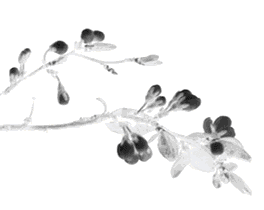
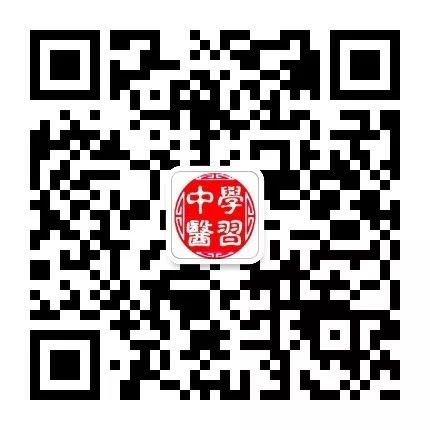
Long press the QR code to recognize and follow us
Learn TCM
Let’s work hard together!

